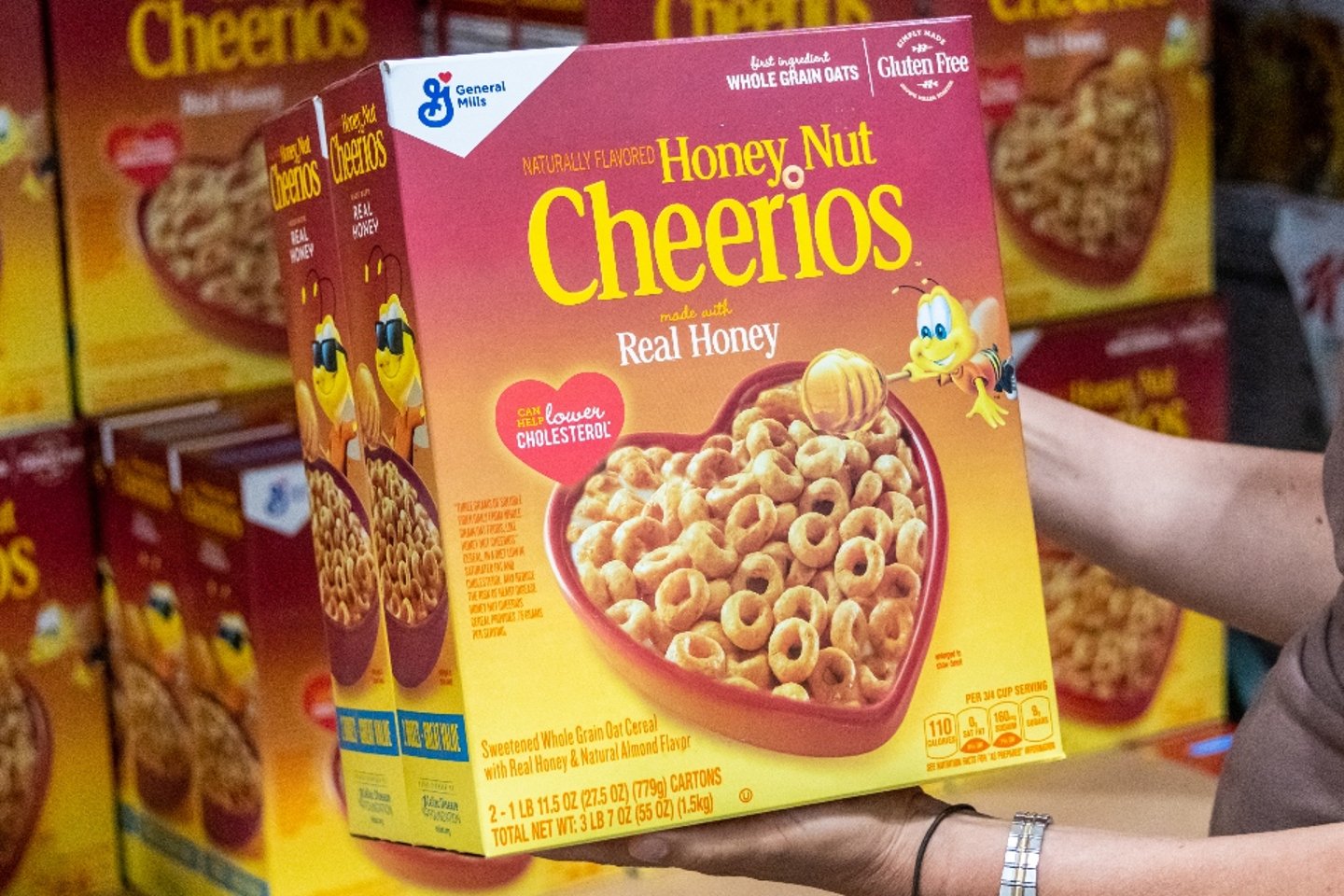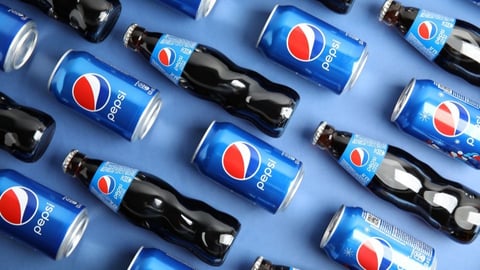General Mills' Big Data Science Bets Pay Off
General Mills' work to strengthen and elevate its digital foundation is already paying off as the company becomes more adept at forming data-based consumer connections and modernizes its supply chain.
General Mills CEO Jeff Harmening outlined some of the ways the No. 32 publicly owned consumer goods company is progressing on its Accelerate growth strategy at the Consumer Analyst Group of New York (CAGNY) investors conference this week, noting that digitization and AI will continue to impact its ways of working and consumer engagement methods.
This involves a focus on rapid e-commerce growth and gaining digital share, as digital sales have risen from just 9% pre-pandemic to current levels in the mid-teens.
Discover more leading data and analytics strategies at Analytics Unite, held May 1-3 in Chicago. Learn more.
“Our market shares online continue to outpace our shares in brick-and-mortar outlets," Harmening said, "and with a disproportionate amount of food industry growth projected to come from e-commerce over the next five years, we are well-positioned to capture outsized growth in this important consumer space."
DIGITAL & DATA WINS
General Mills’ Digital sales have risen from just 9% pre-pandemic to mid-teens currently.
General Mills’ data scientists team has increased by 40-fold since 2018.
The company runs over 6 million models monthly.
The company generates more than 500 million predictions a month.
A recent optimized search campaign led to Cheerios Veggie Blends now turning in the top third of the U.S. cereal category.
Data-First Directions
General Mills' investments in its data infrastructure over the last five years have translated into data science teams increasing by 40-fold since 2018. The company runs over 6 million models monthly, said Harmening, to generate more than 500 million predictions.
Efforts to optimize search, content, and reviews, including with external partners, have pushed Cheerios Veggie Blends into the the top third of the U.S. cereal category where it's on shelf, he said, while direct-to-consumer personalization efforts on such platforms as BettyCrocker.com, Pillsbury.com, Good Rewards, and Box Tops for Education now reach over 16 million consumers monthly.
“With these first-party capabilities, we are able to narrowly define specific target audiences, deliver personalized content, and use incentives to drive purchase behavior, therefore, improving our overall marketing effectiveness,” shared the exec.
In another example, General Mills targeted two types of buyers of private-label grain bars for Nature Valley, tailoring, testing, and later optimizing its messaging to these specific demographics. As a result, they recorded a high single-digit lift on Nature Valley advertising effectiveness, and have expanded the approach to nearly 70% of Nature Valley spending.
Supply Chain Spending
Harmening also touted General Mills' improvements in leveraging data and external monitoring to predict and manage upstream disruptions in the supply chain. This includes real-time performance data deployed to manufacturing line operators to improve throughput, reduce costs, and minimize waste across the value chain ecosystem.
At the logistics level, the company is tapping artificial intelligence to integrate data from customer orders, supply disruptions, and inventory levels to improve product management.
This level of product management — ensuring items are on shelves where and when consumers want them — is particularly important in the age of social media when TikTok trends can create a sudden surge of interest in unexpected items.
See Also: 5 Reasons to Attend Analytics Unite
Speaking at CES last month, Doug Martin, General Mills chief brand and disruptive growth officer, shared how these flashpoints can impact sales, and how AI-driven technologies can help teams be prepared to meet a trend-driven rise in demand:
“A consumer amplified a two-year-old tweet about Fruit Roll-Ups around ice cream, and we sold months of inventory of Roll-Ups because it went crazy,” he shared. “It’s very hard to predict when it goes crazy, but you have to let the team be ready to activate on it when it does.”
Future Digital Plans
Looking ahead, General Mills will intensify its focus on building out its data-driven marketing, supply chain optimization, e-commerce, and strategic revenue management capabilities. Given the heavy lifting already accomplished to build a digital foundation, the company aim to spur a step change in value addition to help offset these investment costs.
“I'm not sure it will have to be the same [investment] lift as it has been in the last few years in terms of the amount, but the nature of it will change,” said Harmening.






